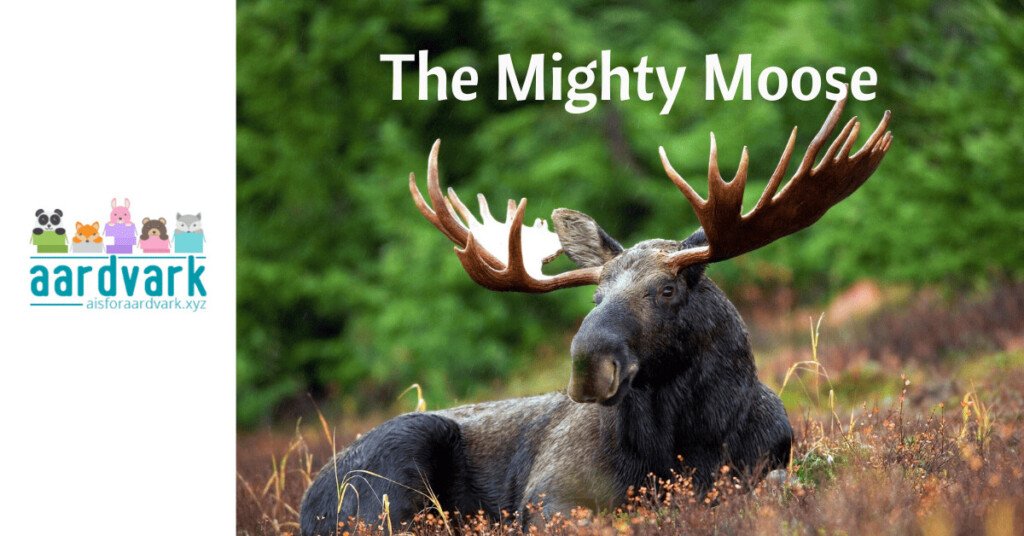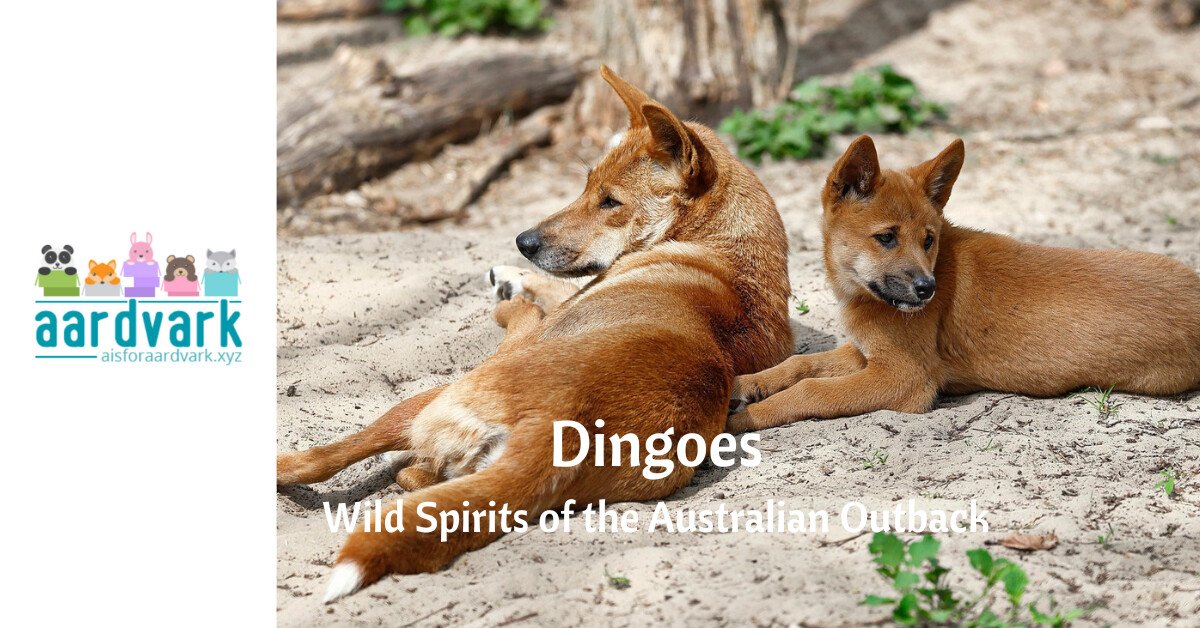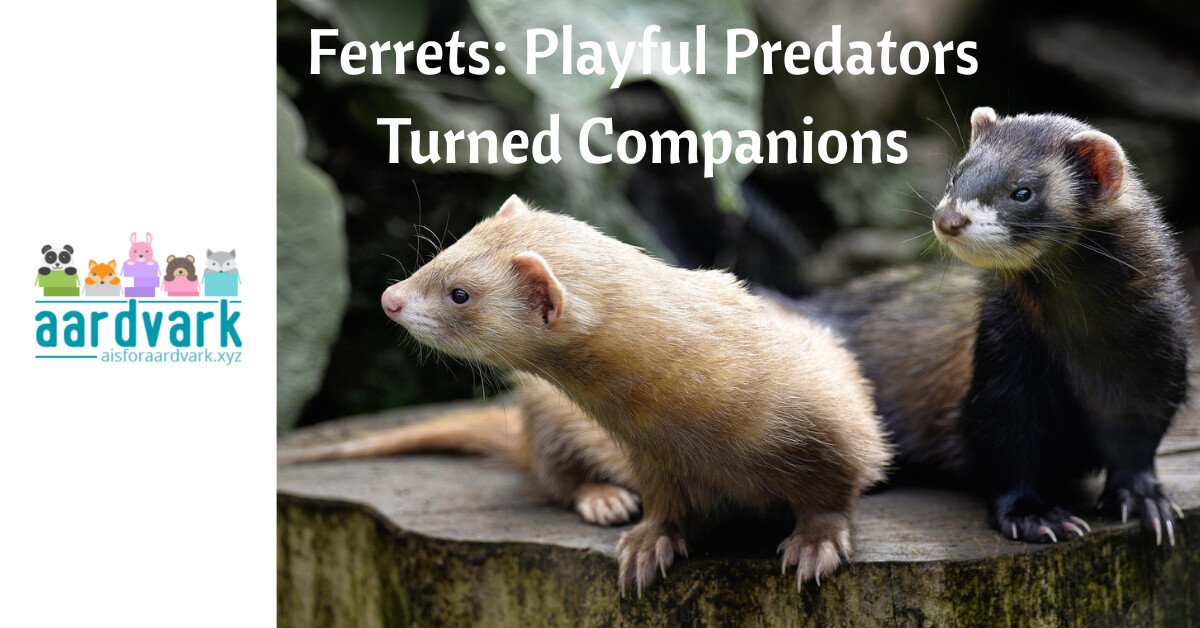The moose (Alces alces) is a giant among mammals. it’s the largest living member of the deer family, Cervidae. With its towering size, broad antlers, and long, spindly legs, the moose is an icon of the northern wilderness. Found in the cold boreal forests and wetlands of North America, Europe, and Asia, these massive herbivores are perfectly adapted to life in some of the harshest environments on Earth.
A moose can weigh up to 700 kilograms (1,500 pounds) in North America. Standing up to 2.1 meters (7 feet) tall at the shoulder, the moose’s commanding presence is unmistakable. The male’s large, paddle-like antlers can span over 1.8 meters (6 feet) from tip to tip, making them one of nature’s most impressive natural displays. Still, despite their bulk, moose are surprisingly good swimmers and are known for their solitary and elusive behavior. They move gracefully through deep forests, marshes, and icy rivers.
More than just a majestic forest resident, the moose plays a crucial role in northern ecosystems. They shape vegetation by feeding on aquatic plants, shrubs, and trees, influencing forest growth and providing habitat opportunities for other wildlife. Culturally, the moose is a beloved animal throughout Canada, Alaska, and Scandinavia, often featured in folklore, literature, and pop culture.
Taxonomy and Species Background
Moose belong to the Cervidae family, which also includes deer, elk, caribou, and reindeer. The species’ scientific name is Alces alces, but in Europe they are commonly known as “elk” — not to be confused with the American elk, a different species altogether (Cervus canadensis). Despite these regional name differences, the elk in Europe and the moose in North America are genetically the same animal.
There are several recognized subspecies of moose, distinguished by differences in size, antler shape, and geographical range:
- Alaskan Moose (Alces alces gigas): The largest subspecies, found in Alaska and parts of Canada.
- Eastern Moose (Alces alces americana): Found in eastern Canada and the northeastern U.S.
- Western Moose (Alces alces andersoni): Common in the Rocky Mountains and north-central Canada.
- Eurasian Moose (Alces alces alces): Ranging from Scandinavia to Russia, slightly smaller than its North American cousins.
Moose are closely related to deer and elk. But they do differ in several key ways — most notably their solitary habits, distinctive antler shape, and preference for the colder environments of the far north.
Physical Characteristics of Moose
Moose are built for both strength and survival in cold, rugged environments. As the largest members of the deer family, adult males (called bulls) can weigh between 400 to 700 kilograms (880 to 1,500 pounds). Females (called cows) are somewhat smaller, averaging 300 to 500 kilograms (660 to 1,100 pounds).
Moose can reach 1.5 to 2.1 meters (5 to 7 feet) tall at the shoulder — taller than most humans even without counting their impressive antlers.
One of the most iconic features of the moose is its massive, broad antlers. These antlers, which can span up to 1.8 meters (6 feet) across in large Alaskan bulls, grow back each year in spring and summer; they’re shed in winter. Covered initially in a soft, blood-rich skin called “velvet,” antlers harden by autumn for use in mating displays and sparring contests with other bulls. The shape of the antlers — wide and palmate (shaped like open hands) — distinguishes moose from other deer species.
Another notable physical feature is the dewlap, or “bell,” a flap of loose skin and fur hanging beneath the throat. Its exact function isn’t fully understood, but it may play a role in scent dispersal during mating season. Or it could be a visual display of health and dominance, zoologists still aren’t sure!
Moose have long, spindly legs with large, splayed hooves. They’re perfect for navigating deep snow, marshes, and boggy ground. Their bodies are covered with thick, dark brown fur that insulates them against freezing temperatures and biting winds.
In addition to their excellent hearing and sense of smell, moose have large, dark eyes adapted for seeing in low-light conditions, even though their eyesight is relatively poor.
Moose may be huge and have a lumbering appearance, moose are remarkably agile swimmers. They can swim long distances. They also are often seen wading through lakes and rivers, submerging their heads completely to feed on aquatic vegetation. This expands their food sources but also helps them hide from predators like bears and wolves.
Habitat and Distribution
Their natural habitats include boreal forests, wetlands, bogs, river valleys, and subarctic tundra. Moose prefer areas with a mix of dense woodlands for shelter and open spaces near lakes, rivers, and marshes, where they can find abundant aquatic plants — one of their favorite food sources.
In North America, moose are widely distributed across Canada, Alaska, and the northern United States. Their range stretches from the forests of New England and the upper Midwest to the Rocky Mountains and the Pacific Northwest. The largest populations are found in Alaska and Canada, particularly in the provinces of British Columbia, Alberta, Manitoba, and Quebec. Some isolated populations also exist in places like the Adirondack Mountains of New York and the mountainous regions of Colorado and Utah.
In Europe and Asia, the Eurasian moose (called “elk” there) inhabits a wide band of forests, ranging from Scandinavia and the Baltic states across Russia and into Siberia. In Sweden, Finland, and Norway, moose are especially abundant and are a major part of local wildlife traditions. They’re also highly valued as a game animal.
Moose are highly adaptable but tend to avoid areas of high human activity and dense urbanization. Their home ranges can vary greatly depending on the availability of food and suitable cover — from several square kilometers to over a hundred, especially in more open or mountainous terrain.
These habitats provide crucial resources not just for food, but also for protection from predators and for shelter during severe winters. In summer, moose will seek out wetlands and shallow lakes to cool off and graze on aquatic plants. In winter, they retreat to thicker forests for warmth and browse on woody vegetation.
Diet and Feeding Habits
Moose are herbivores, and like other members of the deer family, they are browsers, meaning they primarily feed on leaves, twigs, shrubs, and aquatic plants rather than grazing on grass. Their diet shifts with the seasons and availability of food, and their large, prehensile upper lips help them strip leaves and bark with precision.
In spring and summer, moose take advantage of lush vegetation. They feed heavily on:
- Aquatic plants like pondweed, water lilies, and horsetail. The moose submerge their heads completely underwater to reach them.
- Deciduous shrubs and trees, such as willows, birches, alders, and aspen, stripping leaves, tender twigs, and bark.
Moose are particularly dependent on wetlands and river banks in warmer months because aquatic plants are high in minerals like sodium, which are harder to obtain from terrestrial plants. Their fondness for wading and swimming keeps them cool in the summer heat and gives them access to this rich, underwater food source.
Moose are crepuscular, meaning they are most active during dawn and dusk when temperatures are cooler and predators are less active. They are also capable of crossing rivers and lakes up to several kilometers wide, sometimes diving several meters deep in search of aquatic plants.
When the summer is ending and available vegetation changes, moose switch to a diet of tougher plant material, browsing on the woody stems and bark of shrubs and small trees. This helps them build up fat reserves for the leaner winter months.
In winter, food becomes scarcer, and moose rely almost exclusively on woody materials like twigs, bark, and evergreen needles. They concentrate on species like balsam fir, birch, and willow.
The moose’s long legs and large hooves allow them to navigate deep snow in search of these limited resources. If the winter is especially harsh, moose may lose a significant amount of body weight but are remarkably well-adapted to endure these conditions.
An adult moose consumes 20 to 30 kilograms (44 to 66 pounds) of vegetation every day in summer when food is plentiful, which fuels their massive bodies and antler growth in bulls. Their four-chambered stomach helps them digest coarse, fibrous plant matter by fermenting it. This works roughly the same way as how cows and other ruminants process their food.
Behavior and Social Structure
Moose are primarily solitary animals, unlike most other members of the deer family. Outside of mating season and the bond between a mother and her calf, moose generally prefer to roam alone. This solitary behavior is partly due to their large size and need for abundant food — it’s easier for a single moose to sustain itself without competing for resources in the wild.
While usually peaceful and calm, moose can become aggressive if threatened, especially during two particular times of the year:
- The rut (mating season) in early fall, when bull moose become highly territorial and may engage in intense, sometimes violent, fights with rivals.
- Spring and summer when cow moose are protecting their young calves, often becoming extremely defensive toward predators, humans, or anything perceived as a danger.
Moose don’t form herds, but they sometimes gather loosely around plentiful food sources or in open areas during the winter, especially where snow is deep and browsing options are limited. Even in these temporary groupings, moose maintain their independence, each focused on its own survival.
Reproduction and Lifecycle
The moose mating season, known as the rut, typically occurs in September and October. During this time, bull moose become increasingly active and vocal, issuing low, throaty grunts and groans to communicate their presence to females and warn off rival males. Their previously solitary lifestyle shifts as bulls begin to roam extensively, seeking out receptive cows.
When two bulls encounter one another during the rut, they may engage in dramatic antler clashes. These fights can involve locking antlers, pushing, and shoving until one of the bulls yields and retreats. Although these contests can occasionally result in injury, most are ritualized displays of strength and stamina. Antler displays and physical condition are crucial in attracting mates. Dominant, older bulls tend to win the most breeding opportunities.
After a successful mating, the cow undergoes a gestation period of about 230 days (7.5 to 8 months). Calves are usually born in late May or June, timed to coincide with the abundance of fresh plant growth in spring. Most births result in a single calf, although twins are not uncommon in particularly healthy populations where food is plentiful.
At birth, a moose calf weighs around 11 to 16 kilograms (25 to 35 pounds). These calves can stand and walk within their first day of life. Their growth is rapid, fueled by their mother’s rich milk and access to lush vegetation during the summer months. By the time autumn arrives, calves can weigh over 135 kilograms (300 pounds).
Cow moose are fiercely protective of their young, especially during the first few months of life when calves are most vulnerable to predators such as wolves, bears, and cougars. The bond between a mother and calf is strong. A calf typically remains with the mother for about a year. As the next rut approaches the following fall, the mother will drive the yearling away in preparation for giving birth again.
Moose generally live 12 to 15 years in the wild. Individuals in protected environments like wildlife reserves or zoos can live up to 20 years. Survival rates for calves are heavily influenced by predation, harsh winters, and food availability, making maternal care and habitat quality essential for the species’ success.
Moose in Culture and Pop Culture
The moose holds a special place in the folklore, traditions, and identity of the regions where it’s found. For Indigenous peoples of North America, the moose has long been a symbol of strength, survival, and resourcefulness. It was — and still is — an essential source of food, clothing, tools, and spiritual symbolism. Early settlers and frontiersmen also came to rely on the moose, both for practical purposes and as a symbol of the wild, untamed north.
In Canada, the moose is something of a national icon. You’ll find it featured on everything from provincial flags and license plates to tourist souvenirs. It’s also a beloved animal in Alaska, Scandinavia, and Russia, where its size and power have made it a creature of both admiration and caution.
When it comes to pop culture, the moose has left some memorable footprints:
- One of the most famous moose characters of all time is Bullwinkle J. Moose, star of The Rocky and Bullwinkle Show, a classic American animated series from the 1960s. Bullwinkle, with his dopey charm and enormous antlers, became one of the most recognizable and enduring moose characters in media.
- In novelty Christmas music, the catchy tune “Morris the Moose” stands out as a fun, family-friendly song that playfully captures the personality of a cheerful, slightly clumsy moose. It’s a perfect bit of lighthearted culture to pair with any moose discussion. https://www.youtube.com/watch?v=DG8tO0CU8U4
- Moose also show up regularly as mascots, in cartoons, memes, and holiday cards, often symbolizing the quirky, untamed spirit of the wilderness. From animated holiday specials to online moose memes, these animals continue to pop up in humorous, endearing, and occasionally absurd ways.
The moose’s combination of massive strength, comical features, and solitary nature makes it a favorite subject for storytelling and humor. It bridges the gap between being an awe-inspiring forest giant and a loveable, almost cartoonish figure in the human imagination.
Conservation Status and Threats
Across their range, moose populations are considered stable in some areas and declining in others, largely depending on habitat conditions, predation pressure, and human activity. The IUCN (International Union for Conservation of Nature) currently lists the moose as a species of Least Concern globally, thanks to healthy numbers in Canada, Alaska, Scandinavia, and Russia. However, several localized populations, particularly in the lower 48 states of the U.S., have faced serious challenges in recent years.
One of the greatest threats to moose is habitat loss and fragmentation. As forests are cleared for development, agriculture, and roadways, moose lose the cover and feeding areas they rely on for survival. These changes force moose into smaller, isolated patches of habitat, increasing their risk of predation, accidents, and reduced food availability.
Climate change has also emerged as a serious issue for moose populations, especially in the southern parts of their range. Warmer winters result in thinner snow cover, which benefits predators like wolves that rely on snow to slow down prey. Additionally, higher temperatures can lead to increased parasitic infestations — notably winter ticks, which can latch onto moose by the tens of thousands, weakening them through blood loss and skin damage. In some severe outbreaks, heavily infested moose — particularly calves — may not survive the winter.
Vehicle collisions are another major hazard for moose, especially in areas with expanding road networks that cut through prime moose habitat. Due to their size and height, moose are particularly dangerous in collisions, often resulting in serious injuries or fatalities for both the animal and motorists.
Predation by wolves and bears is a natural part of the ecosystem, but in areas where moose numbers are already under stress, predation can have a more significant impact on calf survival rates. Invasive diseases like brainworm (which moose can catch from deer populations) also pose a deadly risk in some regions.
Conservation efforts include habitat protection, wildlife corridors to reduce vehicle collisions, regulated hunting programs, and research into the effects of climate change and disease. In some areas, wildlife managers have implemented targeted predator control or created refuges to help stabilize vulnerable moose populations. Public education about living in moose country — from careful driving to avoiding attracting moose to roadsides — plays an important role in helping humans and moose coexist safely.
The moose remains a symbol of wild strength and resilience. Its populations are generally stable in many parts of its range, but challenges such as habitat loss, climate change, and predation pressures threaten its long-term survival in some areas. Conservation efforts will be essential to ensure that this iconic species continues to thrive in the wild. Whether through its cultural significance, its role in the ecosystem, or its portrayal in popular media, the moose will undoubtedly remain a cherished symbol of the rugged beauty and untamed wilderness of the northern landscapes.







